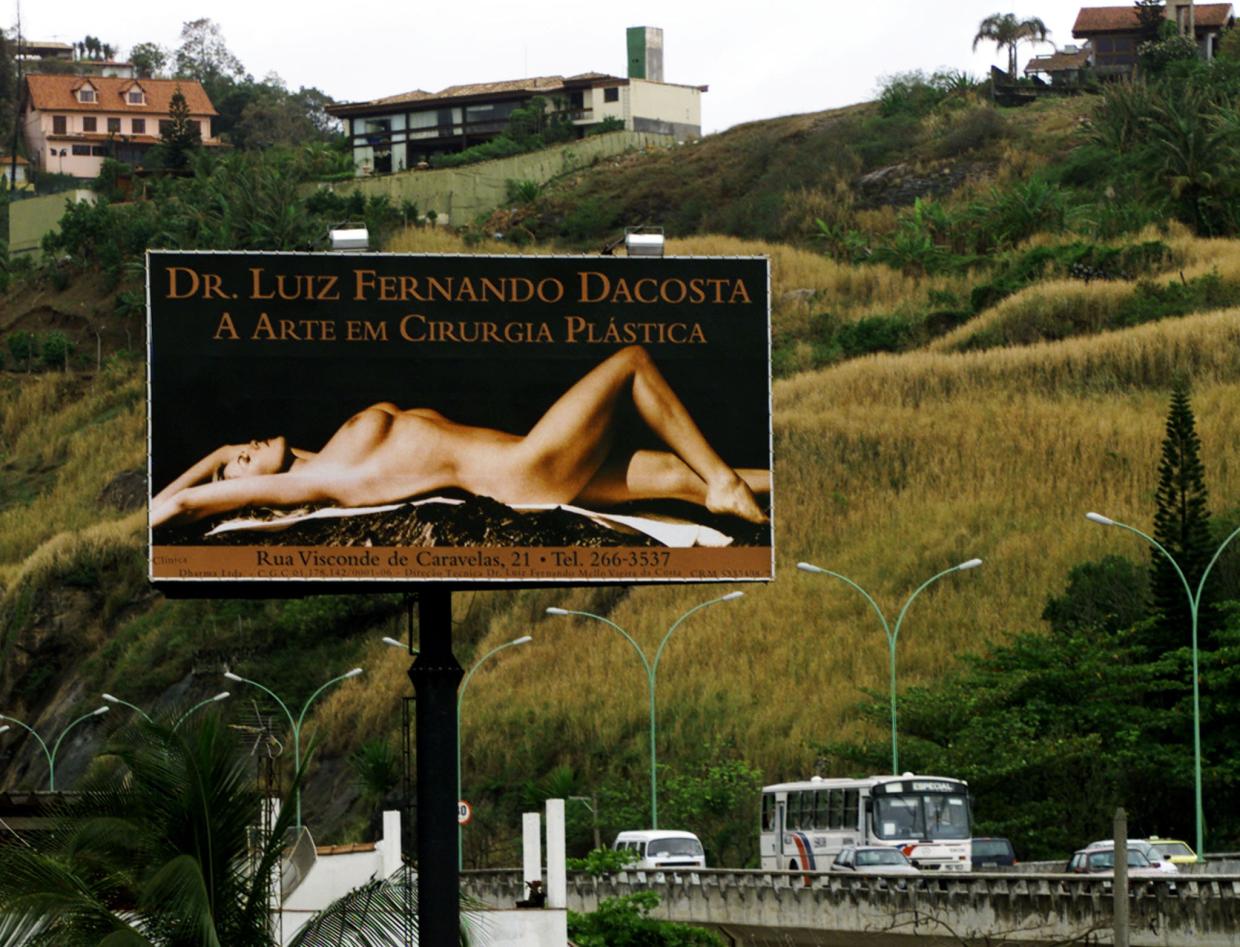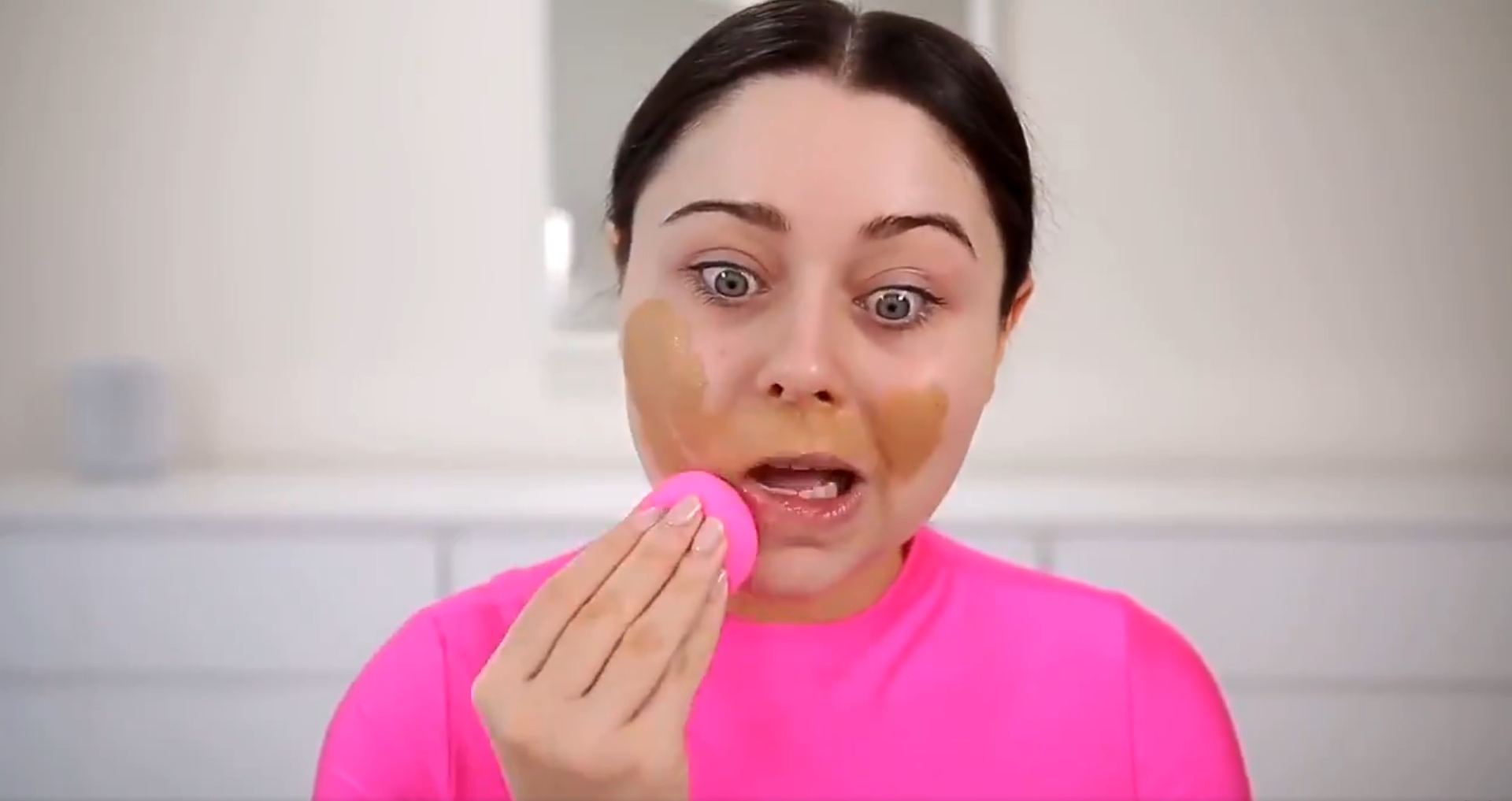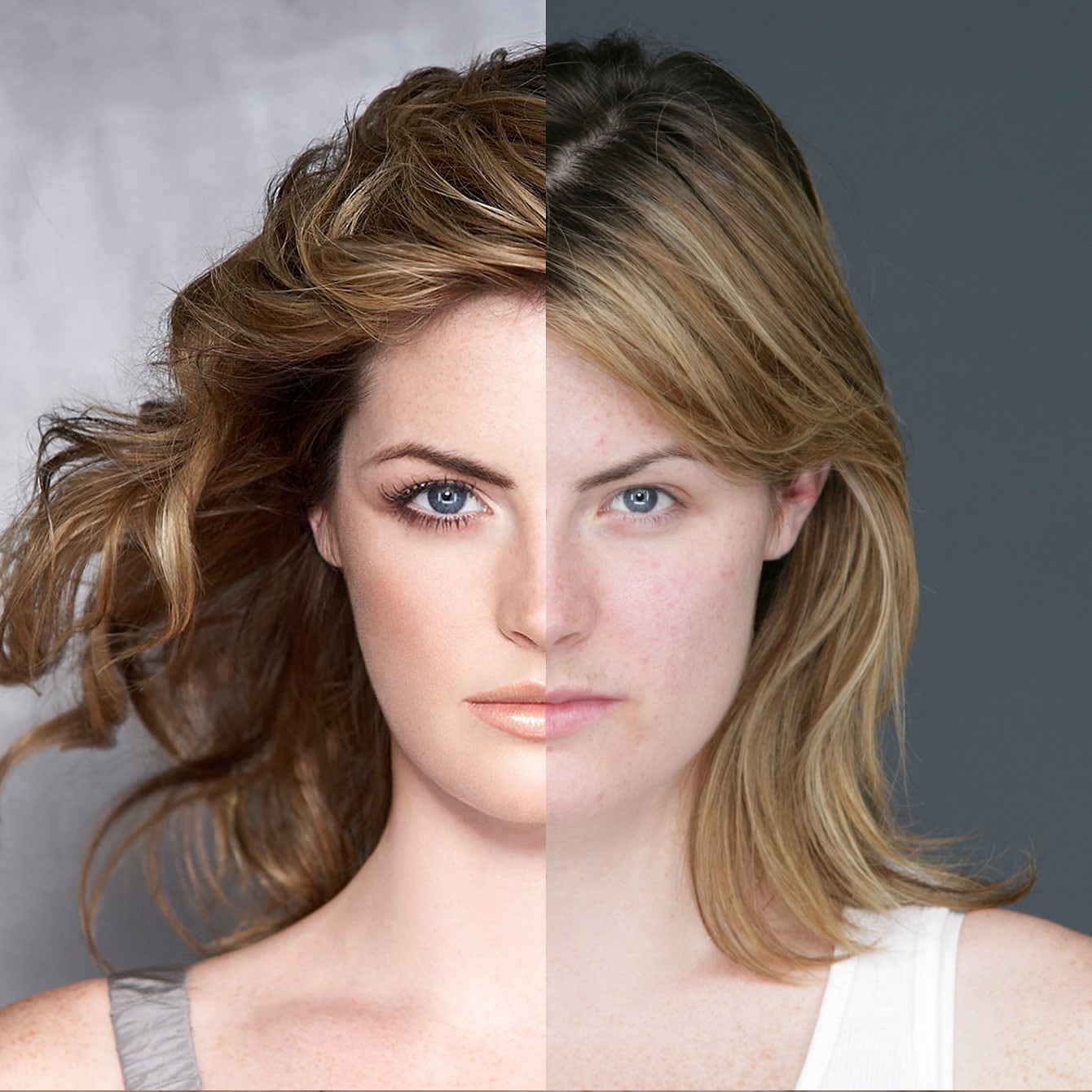
In Brazil, not only is universal healthcare a right – so is beauty.
In the public hospitals of Brazil plastic surgeries are subsidized by the government. As one of the largest consumers of plastic surgery in the world, Brazil has nearly half a million of these free or low-cost surgeries a year. What could go wrong with free boob jobs, right?
In Brazilian culture, beauty is a means of social mobility. Being perceived as beautiful or aesthetically pleasing allows people (particularly Brazilian women) to find a husband, get better jobs, and climb the social ladder. So, in theory, providing minimal cost plastic surgeries to the lower class encourages social (and possibly economic) equality right? According to many of the recipients of these subsidized operations, the answer is no.
These low cost plastic surgeries are very dangerous, with patients referring to themselves as “cobaias” or guinea pigs. This is because most of Brazil’s surgical “innovations” are tested in public hospitals before being introduced to the upper class. The public hospital medical residents (who are often times honing their craft to later work in a much more lucrative privately-funded clinic) are cavalier with these experimental plastic surgery techniques. One new controversial procedure called bioplastia involves the injection of a substance similar to acrylic glass to reshape the body. While this operation can be effective, it has left countless others with painful and permanent medical conditions.
Because lower class citizens often do not have the financial means to sue the doctors that harm them, these incidents go without punishment. In fact, one woman (interviewed by quarizy.com) revealed that she was offered another free surgery after her first breast augmentation left her with an infection that took months to heal (with undesired results). Interestingly, she accepted the offer hoping the next surgery would rectify the mistakes of the first.
It seems that Brazil’s obsession with outward “beauty” has caused its people – even the ones being harmed – to turn a blind eye to the dark side of the plastic surgery industry. Brazil’s struggle with self-acceptance started in the 1920’s, when eugenic researchers linked beauty with race. Due to Brazil’s high rate of racial mixing, especially in the lower classes, obtaining what society deemed “beautiful” seemed only possible through medical means. Many of the pioneers of plastic surgery have come from Brazil, but at what cost to the lower class population that rely on these surgeries to fit the mold of Brazilian society? If Brazil continues consuming these surgeries at its current rate (with new “innovations” continually being tested), there is no saying what damage will ensue.








Hello Athena!
Your article was a very interesting and thought provoking read. Oftentimes, we think of plastic surgery as a commodity available only to the rich, when this is only partly true. As medicine and technology has advanced tremendously since the late 1900s and even within the last 10 years, many medical procedures have become more widely available. However, widely available is not a term synonymous with safe. Take Cardi, B for example, the star explained that her past as an exotic dancer in Washington Heights, NY pushed her to get biopolymers injected into her buttocks. These injections are very dangerous, and she has had them dissolved since becoming famous. She had a very humble childhood without access to safe plastic surgery, and her decisions as an early 20 year old have negatively impacted her health to this day. With social media, looking picture perfect at all times has pushed people to the extremes. People, women especially, would rather look “perfect” on camera than to look naturally attractive in person. The idea of filler being a “necessity” has been pushed by campaigns promoting “preventative botox” to 18 years olds. It might seem laughable, but young women in society truly fall for these fabricated ideas of beauty and they often disfigure their healthy young bodies to fit a certain image. As younger women often do not have the financial means to go to the best plastic surgeons, they often sacrifice safety for the cost of procedures. This goes without saying that these procedures are dangerous and cause complications when plastic surgery standards are not met by low cost surgeons exploiting people for the sake of their own mobility in the plastic surgery world.